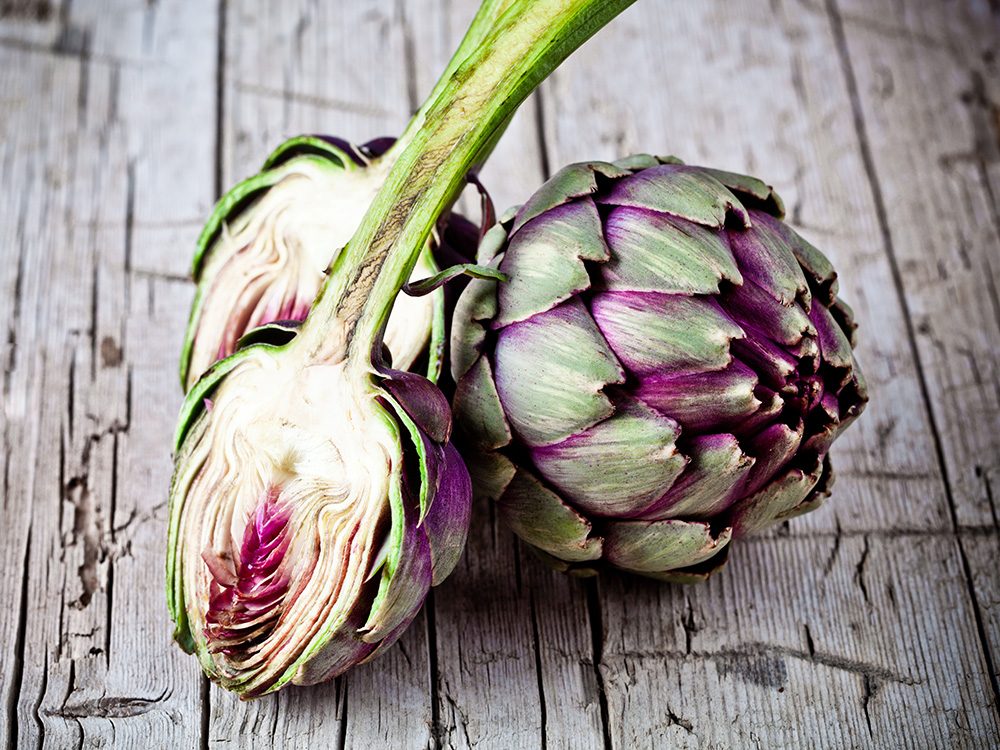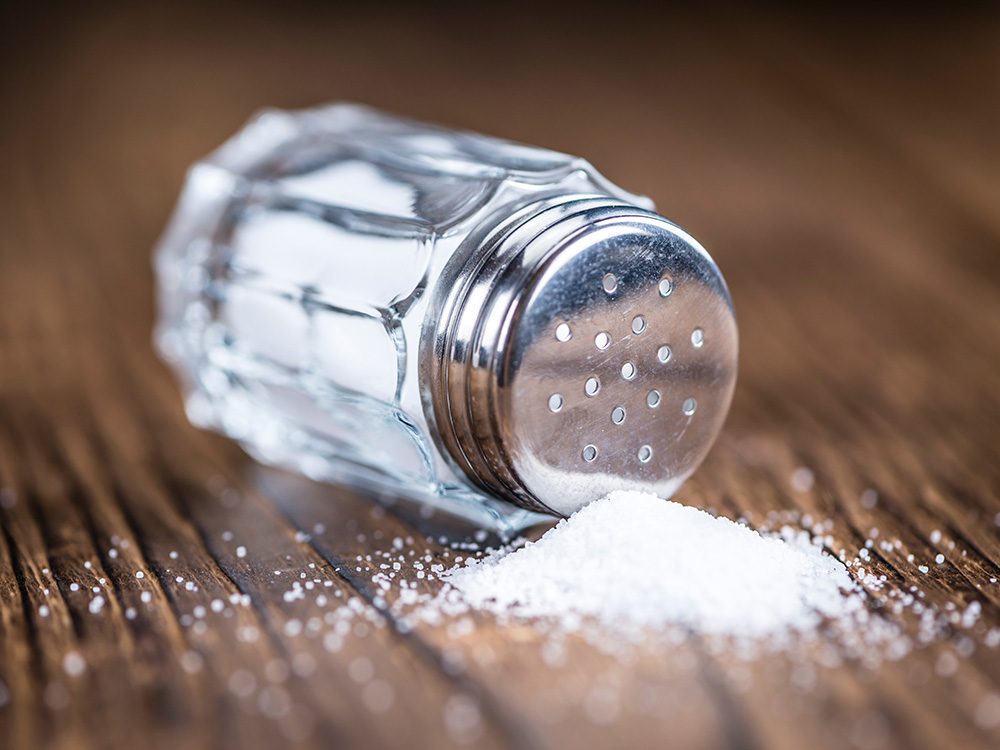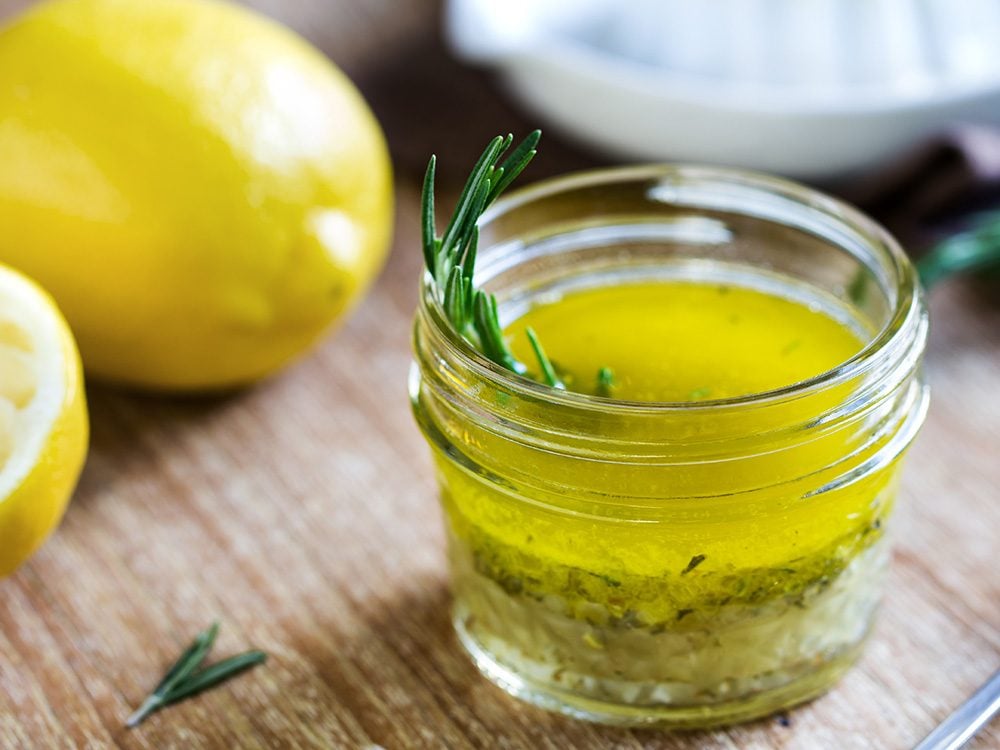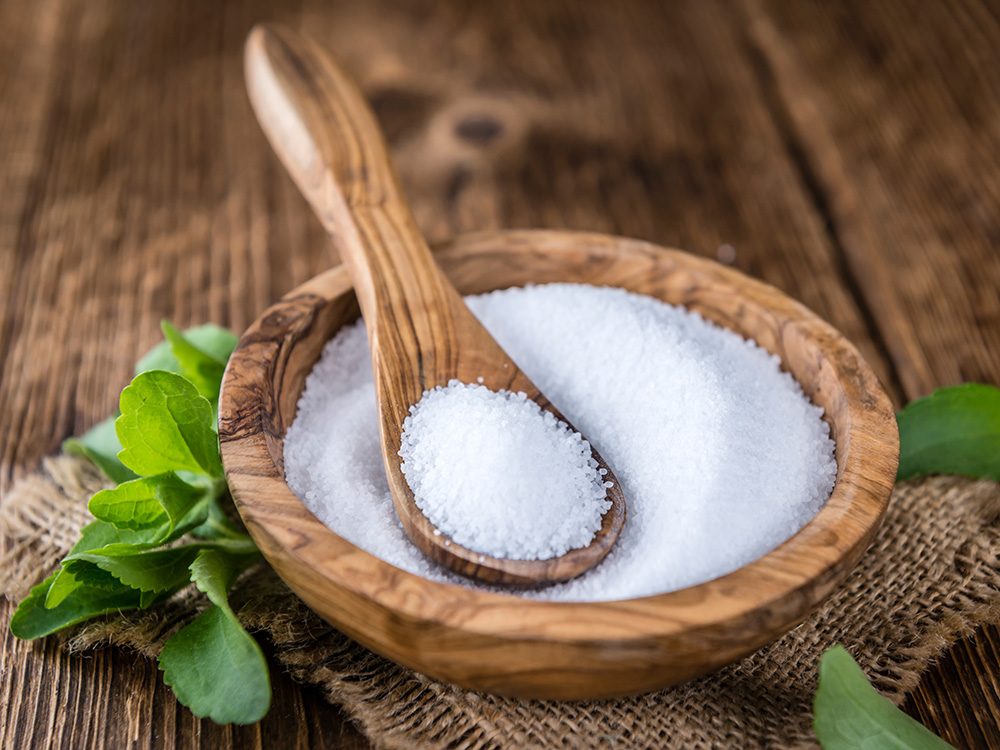
1. Artichokes Sweeten Water
One of the chemicals in artichokes, called cynarin, latches on to sweet receptors on your tongue without activating them. If you drink water after eating artichokes, the cynarin molecules are washed away from those receptors. This sudden release simulates a sensation of sweetness on your taste buds, though it’s only a phantom taste.

2. Salt Blocks Grapefruit’s Tartness
It may sound odd, but adding salt to grapefruit sweetens it. The fruit has both bitter and sweet compounds, and salt blocks the former, making the perception of saccharine flavours more noticeable to our brains.

3. Vinaigrette Throws Wine Off-Kilter
Salad can be difficult to pair with wine because your taste buds adapt to vinaigrettes: you’ll detect tartness in your drink only if it’s more pronounced than that in your dressing. Many wines depend on a balance of sweet and sour, but after eating the salad, your drink could taste flat, or even overwhelmingly sugary.

4. Stevia Triggers Bitterness
This zero-calorie sweetener reacts with your taste buds differently than sugar. While the latter activates only sweet receptors in your mouth, stevia triggers sweet and bitter ones. This could leave an unpleasant aftertaste if you add too much stevia to your coffee.